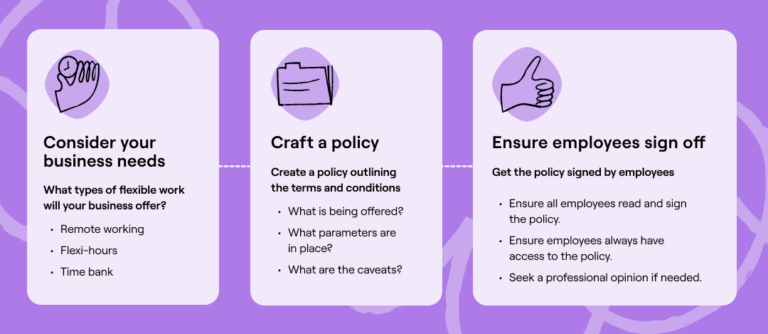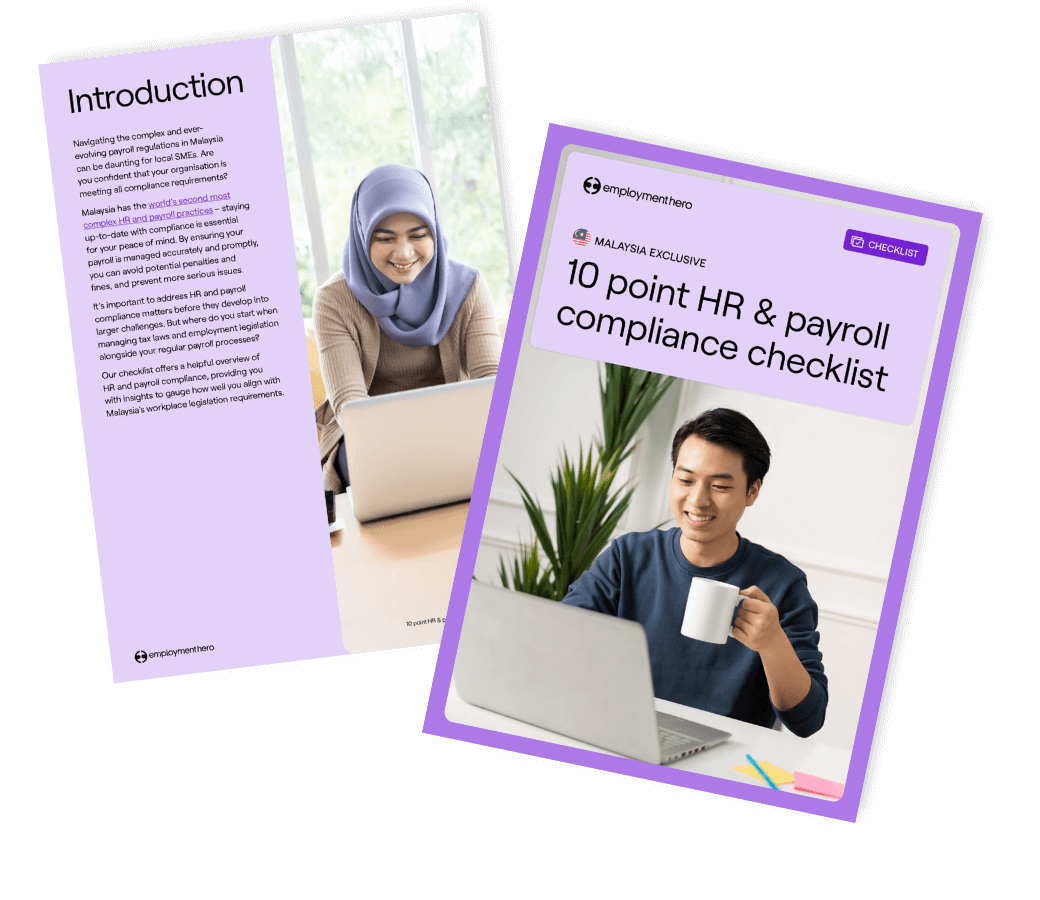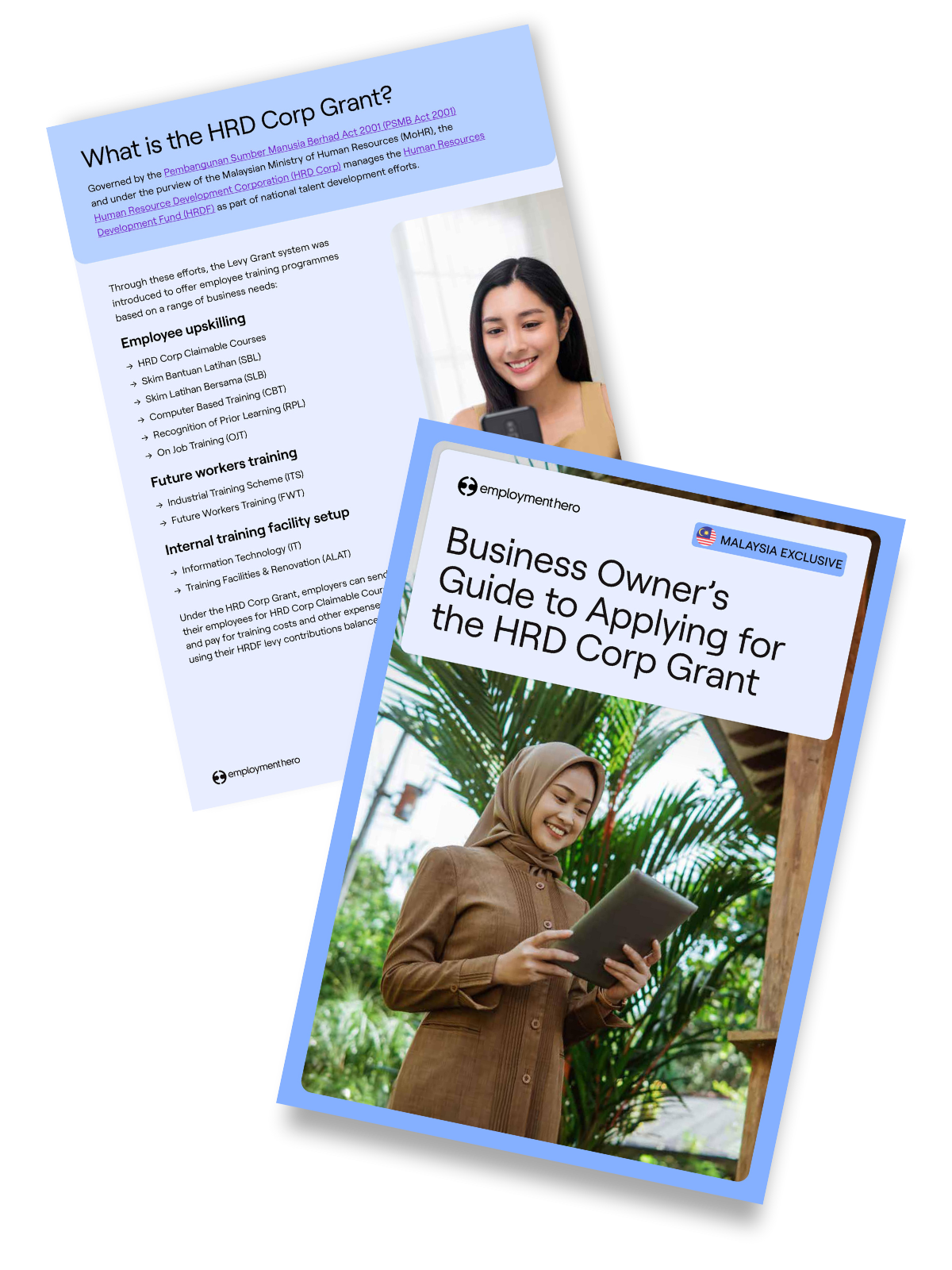Flexible Working Policy Template [Free Download]
Published
Flexible Working Policy Template [Free Download]
Flexible working arrangements are becoming incredibly popular, and businesses of all sizes are looking to keep up with the growing demand for employees who request flexible working arrangements.
According to the Employment (Amendment) Act 2022, employees can submit a written application to their employer for a flexible working arrangement, to vary the hours of work, days of work, or place of work. Applying for flexible work arrangements is a basic right for employees covered under the Employment Act.
TalentCorp also provides guidance on implementing flexible working arrangements under their work-life sustainability initiative, making it easier for Malaysian SMEs to adapt to this employment legislation.
Do you embrace and encourage flexible working in your organisation? It’s important to have a flexible working policy in place to set the rules.
How can you use this flexible working template?
We’ve created a free flexible working policy template for you to introduce to your business.
This policy can help eligible employees learn more about flexible work arrangements while setting out ground rules for them to follow.
By downloading the PDF, you have instant access to a ready-to-publish flexible work policy template that can be modified and implemented at your company.
All you need to do is use the editable text boxes to add in information specific to your company, then get your employees to acknowledge the policy.
Download the template now.
Disclaimer: The information in this template is current as at 10th July 2024, and has been prepared by Employment Hero Pty Ltd (ABN 11 160 047 709) and its related bodies corporate (Employment Hero). The views expressed in this template are general information only, are provided in good faith to assist employers and their employees, and should not be relied on as professional advice. The Information is based on data supplied by third parties. While such data is believed to be accurate, it has not been independently verified and no warranties are given that it is complete, accurate, up to date or fit for the purpose for which it is required. Employment Hero does not accept responsibility for any inaccuracy in such data and is not liable for any loss or damages arising either directly or indirectly as a result of reliance on, use of or inability to use any information provided in this template. You should undertake your own research and seek professional advice before making any decisions or relying on the information in this template.
What are flexible working arrangements?
Flexible work arrangements refer to the processes that let employees have some control over their working hours and where they get work done.
Should you offer flexible working arrangements?
One thing that makes employers uneasy is implementing flexible working policies. How do you do it? And where do you start?
When it comes to implementing flexible work arrangements, the first thing you want to think about is what works for your business. Think about the types of flexible arrangements available and what might suit you.
If you’re in tech or another industry that takes well to asynchronous workflows, remote working is a great option.
Meanwhile, if you’re a business that needs people on the ground, rather than throwing your hands up in defeat, consider what you can offer.
Once you’ve thought about what works for your business, it’s time to craft a policy!
Read more: Insights for employers on how to navigate remote work
Creating your own flexible working arrangement policy
Having an official procedure working policy in place is super important when it comes to implementing changes. They help manage risk from approving an employee’s flexible working request and can be used as evidence in unfair dismissal cases.
When crafting a flexible working policy, clearly outline what the terms and conditions are, as well as any deal-breakers.
Some example questions employers should consider:
- Are there any legal requirements and employment laws related to flexible working in your country?
- What will be the working hours and finish times for team members?
- Will employee productivity be affected?
- Can employees fulfil their responsibilities while flexible working?
- Do you have a work-from-home policy in place?
- Do employees have access to adequate remote working tools?
Once you’ve crafted your policy, it’s time to implement it at your workplace.
Read more: How do you build trust while remote working?
How to implement a flexible working policy

The first step is to get employees to read the flexible working policy and acknowledge that they understand the terms and conditions. This can easily be achieved by getting employees to sign off on policies.
By signing off on a policy, an employee acknowledges they have read and understood what is expected of them.
Using your flexible working hours policy template

Did you know that with Employment Hero’s HR software, you can easily assign policies like this to employees, and get them to acknowledge them digitally? It’s fuss-free and convenient — plus it’s permanently stored in the platform, so they can refer back to it and access it anytime, anywhere!
If you aren’t using Employment Hero yet, just reach out to us and we’ll show you what we can do for your business.
Download our flexible working policy template.
Related Resources
-
 Read more: 10 point HR and payroll compliance checklist
Read more: 10 point HR and payroll compliance checklist10 point HR and payroll compliance checklist
Get peace of mind with our 10 point HR and payroll compliance checklist.
-
 Read more: Business Owner’s Guide to Applying for the HRD Corp Grant
Read more: Business Owner’s Guide to Applying for the HRD Corp GrantBusiness Owner’s Guide to Applying for the HRD Corp Grant
Find out if you are eligible for the HRD Corp Grant and how to apply for it here.









